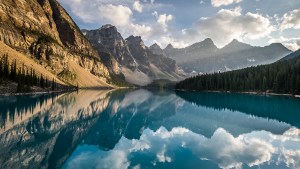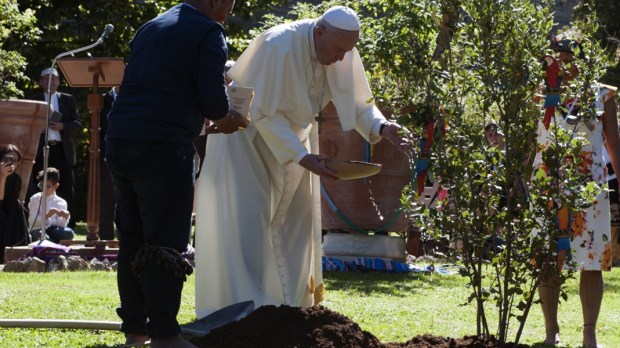“How these Brazilians insist on the Amazon region! What has Amazonia got to do with evangelization?”
By his own admission, this was Pope Francis’ reaction back in 2007 (before he was elected pope) when he was chosen by fellow Latin American bishops to draft the final document of the monumental Aparecida meetings. The historic gathering of the bishops resulted in a call for a “continental mission” and spelled out what the bishops believed to be the keys to keeping the Gospel message alive and relevant in Latin America.
But the future pope was not in step with his brothers’ concerns for the environment, specifically the issues raised at the time by the Brazilian bishops about the Amazon region.
Twelve years later, this pope is now criticized in some quarters for his concern for the planet, despite the fact he is in line with his predecessors, especially the so-called Green Pope, Benedict XVI.
What happened? According to his own recollections, Francis underwent an “ecological conversion” — something he says we all need. “Before that I didn’t understand anything,” he said.
Read more:
The Aparecida Document: What you need to know
The Holy Father was explaining this during an informal hour-long dialogue September 3 with a group of French experts who have advised the bishops of France on Laudato Si’, the pope’s encyclical on “our common home.” The Holy Father left aside his prepared marks to speak informally.
He spoke of various experiences he had both in drafting the encyclical, and in growing in his own understanding of the issues he wrote about. One account he shared was a 2014 meeting with Ségolène Royal, France’s minister for the environment, who encouraged him to have the encyclical ready before the Paris conference, so that it could influence the global conversation.
Another experience the pope shared was a 2018 meeting with indigenous chiefs during his visit to Peru. He recalled how he was struck by their wisdom, “not just intelligence.” One of the chiefs was a university professor, another a government official in education, a third a student of political science. Considering their contributions, the pope said that we have to work to eliminate a characterization of the indigenous as an image of “people with arrows.”
In fact, it is the indigenous peoples who teach us to open again the door to “good living,” a wisdom that we have lost, he said. “Forgetting one’s roots is a drama not only of the aboriginal peoples but also of the contemporary culture.”
The pope also explained some of the practicals in writing Laudato Si’: He asked scientists to explain to him the “things that are clear and proven, not the hypotheses,” and then asked philosophers and theologians to reflect with him abut the issue.
But he told the group that he was keen to emphasize how he went from “understanding nothing at Aparecida in 2007” to then being able to write an encyclical on the issue. “I like to give this testimony [because] we must work so that everyone makes this journey of ecological conversion.”

Read more:
Why Pope Benedict XVI was known as the “Green Pope”

Read more:
Ideas from ‘Laudato Si’ that worked their way into my heart and soul

